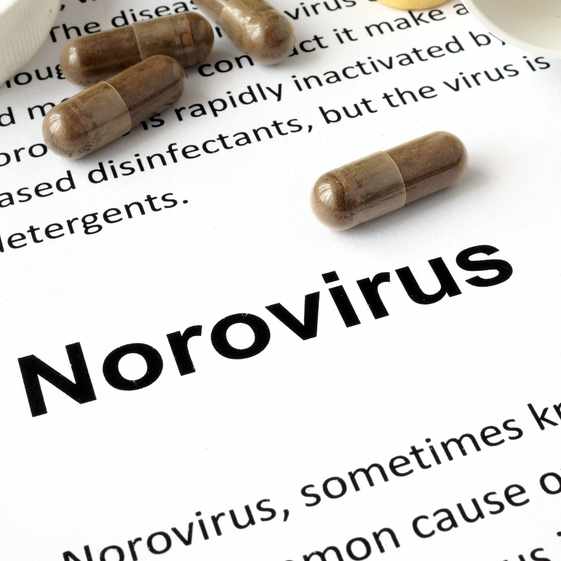-
Children's Center
Lyme Disease 10 Times More Common than Reported, Says CDC

The Centers for Disease Control and Prevention (CDC) says 300,000 cases of Lyme disease are diagnosed in the United States each year. That's roughly 10 times more cases than are generally reported to the CDC through routine surveillance. It also makes Lyme disease the most common tick-borne illness in the U.S.
The CDC says this new estimate confirms that Lyme disease is a tremendous public health problem in the United States and clearly highlights an urgent need for prevention.
Mayo Clinic infectious disease expert Abinash Virk, M.D., says a few basic precautions will reduce the chances of contracting not just Lyme, but all tick-borne diseases. Dr. Virk's top tick-bite prevention tips are:
- Use a suitable insect repellent.
- Check yourself, children and pets after being outdoors.
- To reduce your risk on hikes, stay on trails. If you leave the path, wear long pants tucked into your socks.
- If you find ticks, remove them right away. Use force and pinch the tick near its mouth parts, pulling the tick out slowly in a continuous motion. Don’t twist it, which may leave mouth parts embedded in the skin.
- Keep grass short in yards and avoid ungroomed areas.
Journalists: Sound bites with Dr. Abinash (AH-bih- nosh) Virk (Verk), and b-roll of ticks in the Mayo Clinic parasitology lab are available in the downloads.
Ticks collected from patients who've been bitten are routinely identified and studied in Mayo Clinic labs. The tiny black-legged tick, often called the deer tick, is present across much of the eastern United States and Midwest, as well as all West Coast states. Dr. Virk says it's a frequent carrier of Lyme disease which, if left untreated, can cause a host of medical complications affecting the heart, joints and nervous system.
Sound Bite #1 - DEER TICKS (Dr. Abinash Virk, Mayo Clinic Infectious Diseases) "Particularly the small nymph of the tick, which is the small earlier stage of the tick. That is the one more likely to transmit these diseases." TRT :10
Dr. Virk says, in general, ticks need to be attached for 24 to 36 hours to transmit disease, which is why checking your body for them after an outing is so important. If you do find an attached tick, she says remove all of it, including the head, then be alert for symptoms one to three weeks after being bitten.
Sound Bite #2 - TICK BITE SYMPTOMS (Dr. Abinash Virk, Mayo Clinic Infectious Diseases) “These are most often fevers, body aches, headaches and they’re not very specific, except for Lyme disease which, in the early stage, can give you the Lyme rash." TRT :15
The rash, or so-called "Lyme disease bull's-eye" does not always appear, however. Virk recommends applying insect repellent containing 30 percent DEET to exposed skin when in areas where deer ticks are present. She also says the repellent permethrin (per METH rin) sprayed on or washed into clothing can be very effective.
Related Articles







